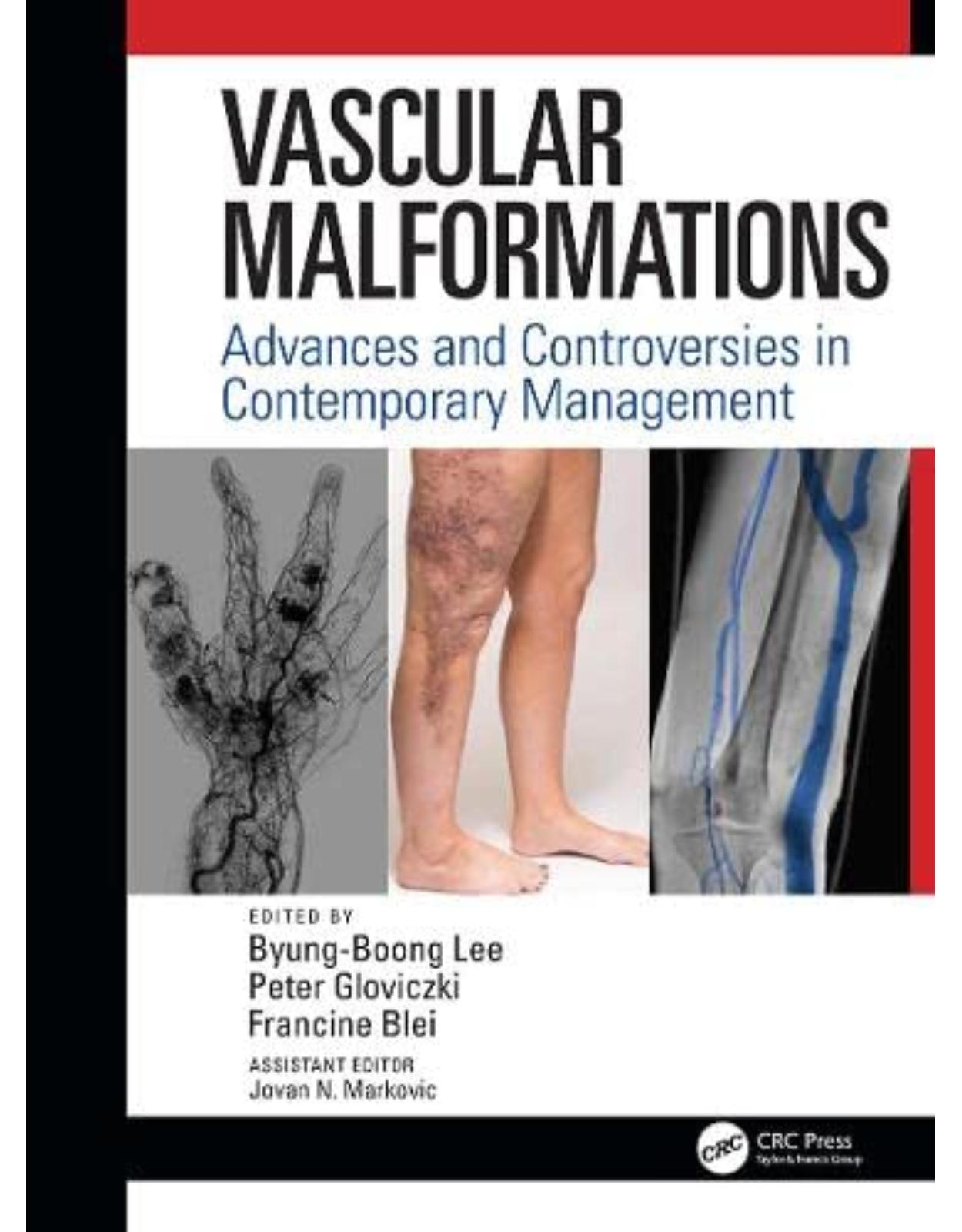
Vascular Malformations: Advances and Controversies in Contemporary Management
Livrare gratis la comenzi peste 500 RON. Pentru celelalte comenzi livrarea este 20 RON.
Disponibilitate: La comanda in aproximativ 4 saptamani
Editura: CRC Press
Limba: Engleza
Nr. pagini: 442
Coperta: Paperback
Dimensiuni:
An aparitie: 13 Dec. 2021
Description:
This new book on vascular malformations brings together international experts to present advances and discuss controversies in the multidisciplinary management of patients with congenital vascular malformations. Major advances in recent years in medical genetics, and tremendous progress in the fields of imaging and minimally invasive percutaneous interventions have revolutionized both evaluation and management of vascular malformations. The six major parts of this state of the art book ensure that the reader has the most up to date valuable clinical information to ensure the delivery of world class clinical practice. Beautifully illustrated with color line drawings, numerous photographs and informative tables, the advances and controversies of the full spectrum of vascular malformations are presented in 90 definitive chapters. Vascular Malformations brings new information and unparalleled insights to vascular specialists and physicians, trainees and allied health professionals who participate in the care of patients with vascular malformations, either in a private practice setting or at a major institution in an interdisciplinary vascular center.
Table of Contents:
Part 1: Congenital Vascular Malformations (CVMs) in General
Section 1: Definition and Classification
1. ISSVA classification: Controversy with the benefit and liability
2. Hamburg classification: Controversy with the benefit and liability
3. Syndromic classification of congenital vascular malformations: How useful is it?
4. Consensus on contemporary classification
Section 2: Diagnosis
5. How extensive study should be included in initial assessment for congenital vascular malformations
6. Should hemangiomas be included in initial differential diagnosis for congenital vascular malformations?
7. To what extent should genetic studies be incorporated for assessment of venous and arteriovenous malformations, and when?
8. Indications for genetic testing in evaluation of lymphatic and hemolymphatic malformations
Section 3: Management
9. Importance of interdisciplinary team approach for evaluation and management of vascular malformations
10. How will genetics influence management of vascular malformations?
Part 2: Arteriovenous Malformations (AVMs)
Section 4: Definition and Classification
11. Confusion with arteriovenous fistula versus arteriovenous malformation of ISSVA classification
12. Nidus or no nidus: Is it a crucial issue for diagnostic assessment of arteriovenous malformations?
13. New classification of arteriovenous malformations based on angiographic findings: What are the advantages?
Section 5: Diagnosis
14. Arteriographic assessment: Is it still the gold standard for diagnosis of arteriovenous malformations?
15. Ultrasonographic assessment: New role for arteriovenous malformations. How far can it be implied?
16. Magnetic resonance angiography and/or computed tomography angiography: New gold standard for arteriovenous malformations?
17. Transarterial lung perfusion scintigraphy (TLPS): New role for follow-up assessment?
Section 6: Management: 1
18. Do all the arterio-venous malformations mandate the therapy? Is there any contraindication for the therapy?
19. How much is too much for arteriovenous malformation management?
20. Ethanol sclerotherapy: Is it gold standard for arteriovenous malformation management?
21. N-butyl cyanoacrylate versus Onyx embolotherapy
Section 7: Management: 2
22. Surgical therapy combined with embolo-/sclerotherapy: Multidisciplinary approach
23. Indications for amputation in patients with arterio-venous malformations
24. How much pharmacological therapy can be incorporated into arteriovenous malformation management?
25. Secondary changes in arteriovenous malformations: Arteries, veins, tissues, bones, when do they have to be treated?
Part 3: Venous Malformations
Section 8: Definition and Classification
26. Capillary and cavernous hemangioma and venous malformations
27. Angiographic classification of venous malformations based on venous drainage status: What are the advantages?
Section 9: Diagnosis
28. Ultrasonographic assessment: Mandatory test to lead the assessment of the venous malformations?
29. Conventional and dynamic contrast enhanced magnetic resonance imaging (dceMRI) and/or magnetic resonance venography: Diagnostic modalities with different objectives? Can they replace phlebography?
30. Computed tomography (CT) and CT venography: How are these diagnostic modalities different from magnetic resonance imaging (MRI) for evaluation of venous malformations?
31. Whole-body blood pool scintigraphy (WBBPS): Special role for management of venous malformations?
Section 10: Management: 1
32. Do all venous malformations require treatment?
33. How much is too much for venous malformation management?
34. What is the first option for venous malformation management?
35. Ethanol sclerotherapy: Is it gold standard for venous malformation management as well?
36. Foam sclerotherapy: First option for venous malformations?
37. Considerations regarding feasibility, safety, and efficacy of N-butyl cyanoacrylate (n-BCA) and Onyx embolization for the treatment of venous malformations
Section 11: Management: 2
38. Surgical therapy of venous malformation combined with embolo-/sclerotherapy: How much and when?
39. How aggressive should management be of vascular bone syndrome caused by venous malformation?
40. To what extent should anticoagulation therapy be considered for venous malformations?
41. How to approach treatment of marginal vein combined with deep vein hypoplasia/aplasia?
42. Indications for amputation in patients with extensive venous malformations
43. How much pharmacological therapy can be incorporated in venous malformations management?
Part 4: Lymphatic Malformations
Section 12: Definition and Classification
44. Confusion on terminology: Primary lymphedema and lymphangioma (lymphatic malformation)
45. Contemporary diagnosis of primary lymphedema and lymphatic malformation
46. Clinical staging of lymphedema: How practical is it for clinical management of primary lymphedema?
47. Laboratory (lymphoscintigraphic) staging guideline?
Section 13: Diagnosis
48. Ultrasonographic assessment of lymphatic malformations—Lymphangioma and primary lymphedema: A new role for diagnosis?
49. Radionuclide lymphoscintigraphy—Gold standard for assessment of lymphatic malformation: Lymphangioma and primary lymphedema or both?
50. Magnetic resonance imaging and magnetic resonance lymphangiography of primary lymphedema: A new gold standard?
51. Indocyanine green fluorescent lymphography: Clinical implementation
52. Oil contrast lymphangiography: New role for the surgical candidate?
53. Fluorescent microlymphangiography: Controversy, confusion, and neglected problems
54. Can indocyanine green replace role of lymphoscintigraphy?
55. How to differentiate between lymphedema and lipedema: How to rule out lipedema
Section 14: Management: 1—Primary Lymphedema
56. Manual lymphatic drainage: Myth?
57. Compression therapy: Optimal pressure? Bandage versus stocking
58. Sequential intermittent pneumatic compression: Rationale? How much can it be incorporated into compression therapy?
59. Reconstructive surgery: Lymphovenous anastomosis versus lymph node transplantation—Can they stay as independent therapy options?
60. Excisional surgery: When and how much it can be incorporated
61. Multidisciplinary approach with liposuction in primary lymphedema: Is there a difference compared to patients with secondary lymphedema?
62. How much pharmacological therapy can be incorporated in primary lymphedema management?
63. What is difference in management of primary lymphedema between adults and children, and how much?
64. How to manage lipedema involved with primary lymphedema?
65. How to assess response/efficacy of manual lymphatic drainage and compression therapy
66. How to assess efficacy of lipedema management involved in lymphedema
67. Pathophysiology behind adipose tissue deposition in lymphedema and how liposuction can completely reduce excess volume
68. Liposuction: Can it be applied to management of lipedema?
Section 15: Management: 2—Lymphangioma
69. How to manage lymphatic leakage involved in lymphangioma?
70. How to manage recurrent infections involved with lymphangioma?
71. How should aggressive chyloreflux (e.g., chyluria, chyloascites, chylothorax, chyle leakage) be handled?
72. Pharmacological considerations for lymphatic malformation management
73. How much different should the management of lymphangioma among the pediatric/neonatal age group be?
74. Peculiarities in surgical treatment in childhood: Can we ignore?
Part 5: Combined vascular malformations: Hemolymphatic malformations/Klippel–Trenaunay syndrome
Section 16: Diagnosis
75. To what extent should diagnostic study be extended for assessment of arteriovenous malformation involvement in Klippel–Trenaunay syndrome?
76. How much should diagnostic investigations incorporate visceral involvement for Klippel–Trenaunay syndrome?
Section 17: Management: 1
77. How to decide priority for treatment among congenital vascular malformation components
78. Management of vascular bone syndrome: How aggressive and when?
79. How aggressively should varicose veins be managed in Klippel–Trenaunay syndrome?
80. How aggressive should management be of indolent stasis ulcer in Klippel–Trenaunay syndrome?
Section 18: Management: 2
81. How should aggressive gastrointestinal bleeding in Klippel–Trenaunay syndrome be handled?
82. Therapeutic considerations for infection, sepsis, and lymphatic leak management in patients with Klippel–Trenaunay syndrome
83. How to manage coagulopathy in Klippel–Trenaunay syndrome?
84. Klippel–Trenaunay syndrome: Pain and psychosocial considerations
85. Klippel–Trenaunay syndrome and complex venous malformations: Should multimodality approach be standard of care?
Part 6: Capillary Malformations (CMs)
Section 19: Diagnosis
86. Is this capillary malformation? Differential diagnosis and other dermal vascular lesions
87. How much diagnostic assessment for port-wine stains should be extended for other vascular malformations to exist together?
Section 20: Management
88. Port-wine stains/capillary malformation among patients with Klippel–Trenaunay syndrome: How to select candidate for laser therapy and when
89. To what extent should surgical excision be implemented to port-wine stains, and when?
90. To what extent could laser therapy and surgical excision be combined for port-wine stain management?
Epilogue
Index
| An aparitie | 13 Dec. 2021 |
| Autor | Byung Boong Lee, Peter Gloviczki, Francine Blei |
| Editura | CRC Press |
| Format | Paperback |
| ISBN | 9781032239064 |
| Limba | Engleza |
| Nr pag | 442 |

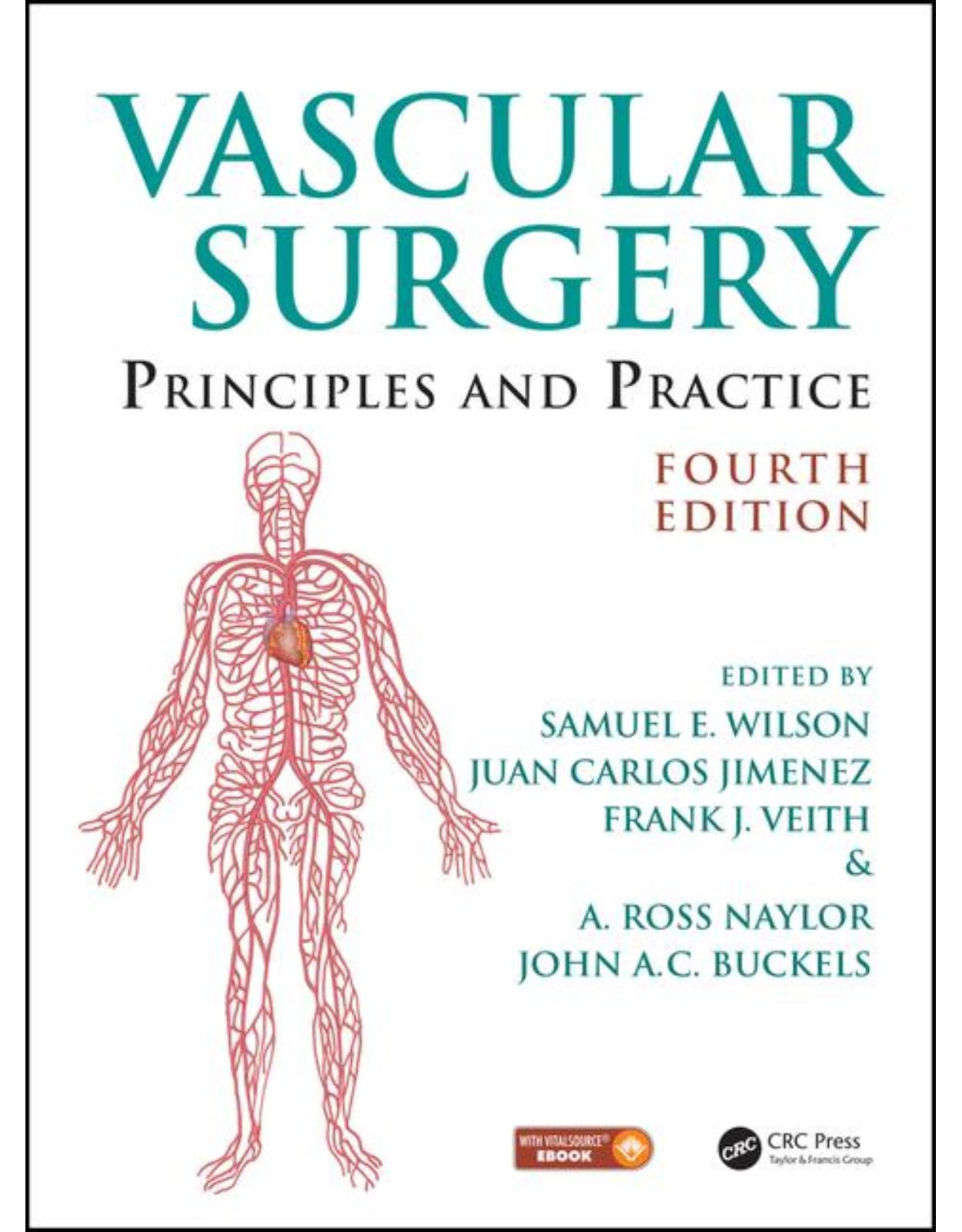
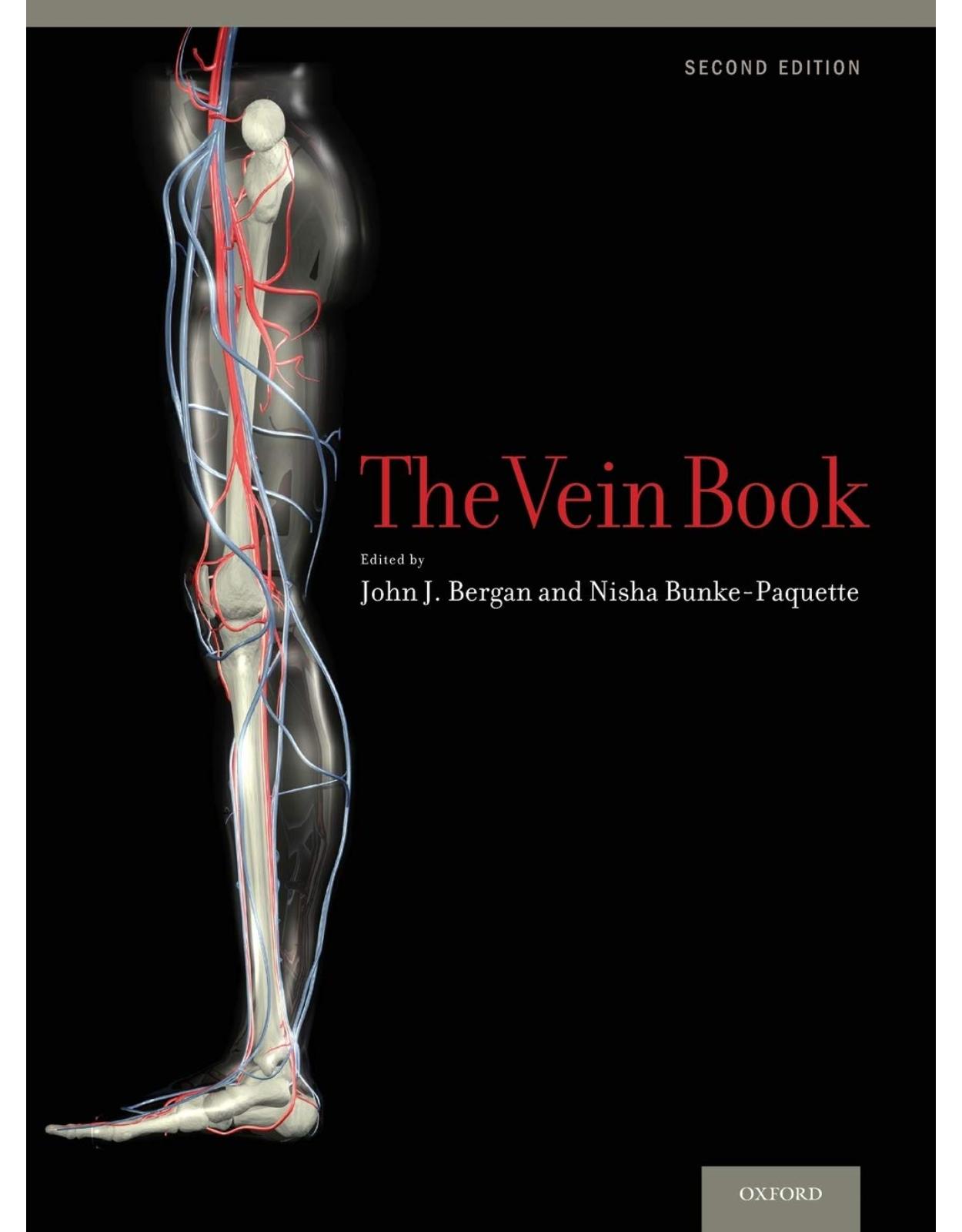
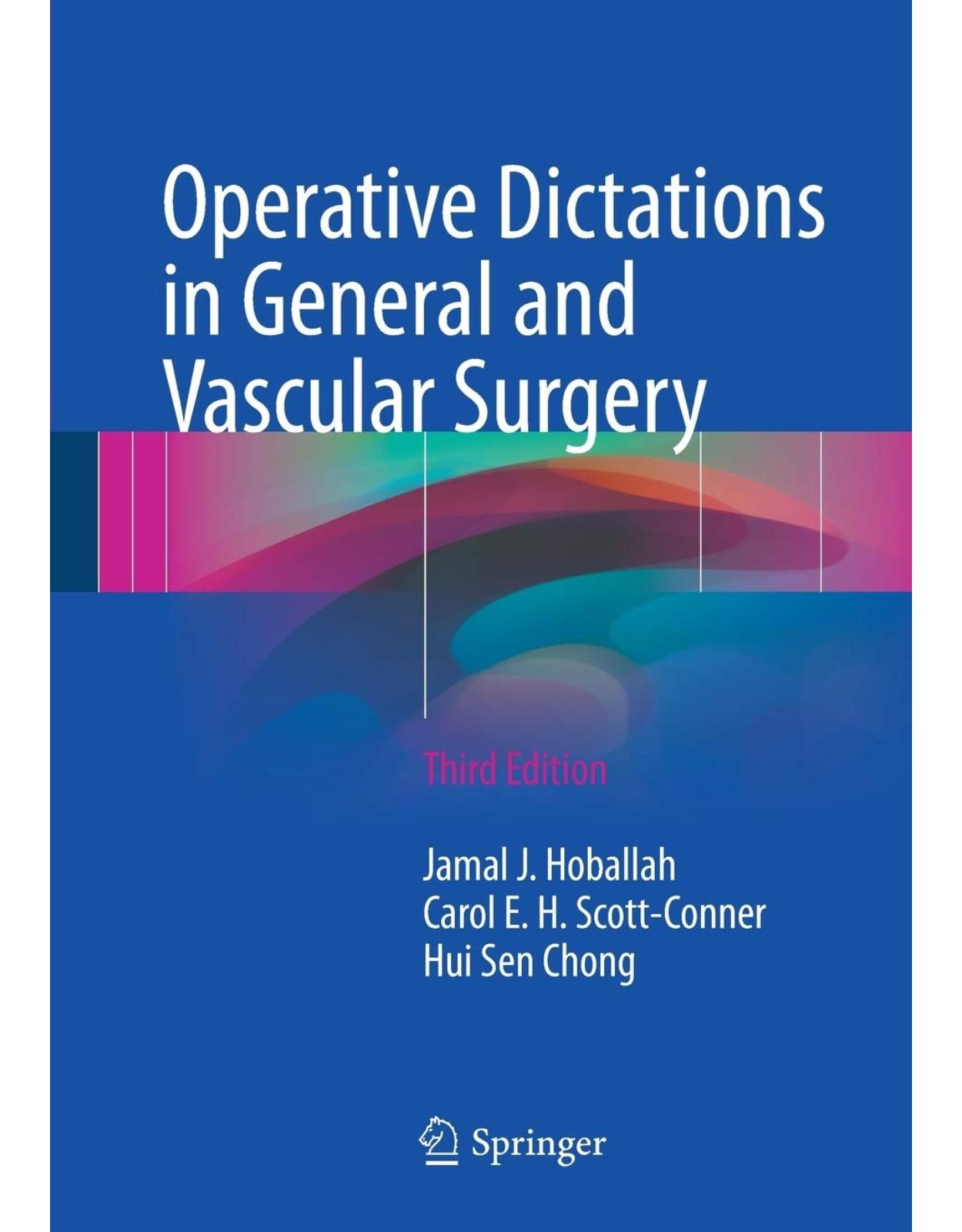
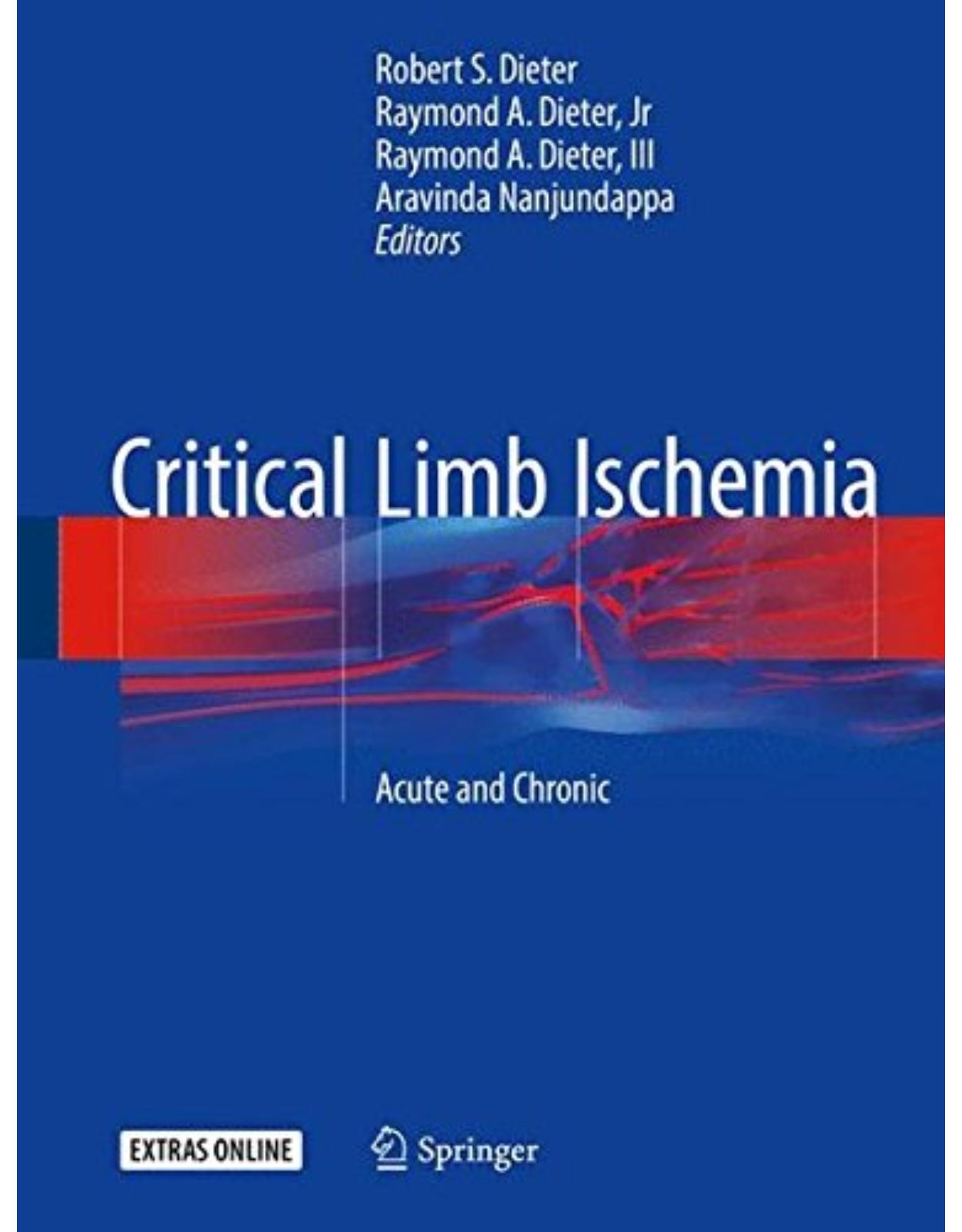
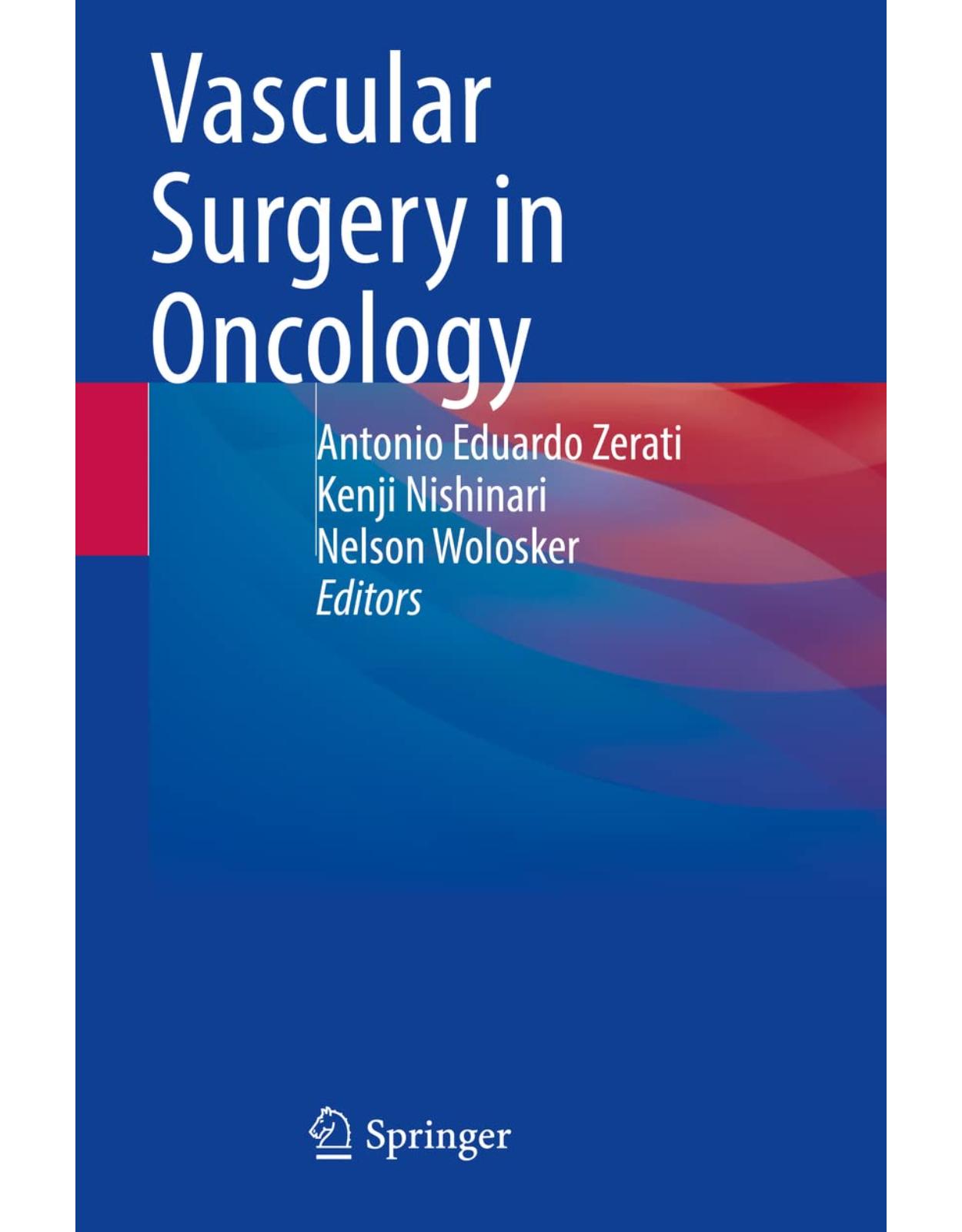
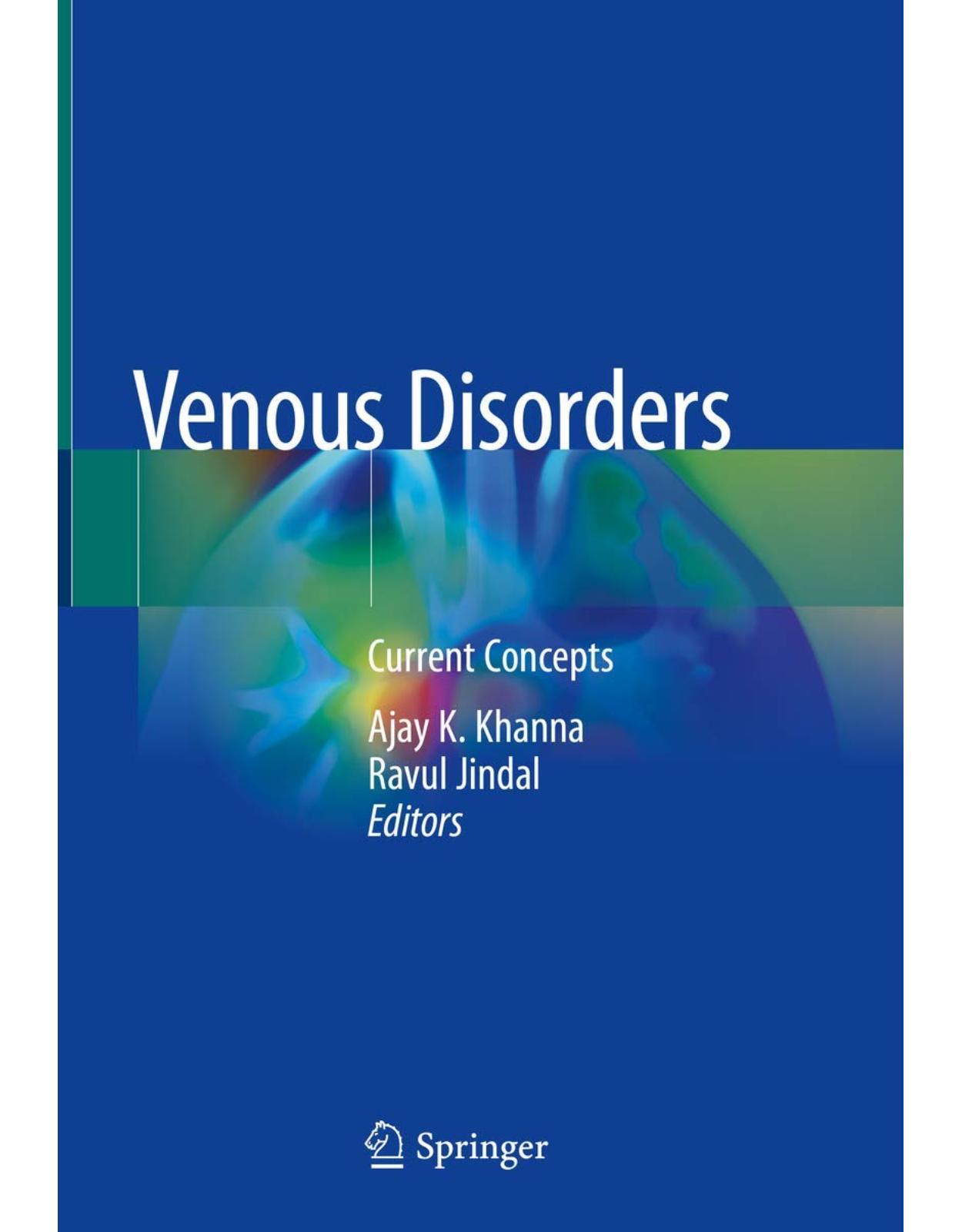
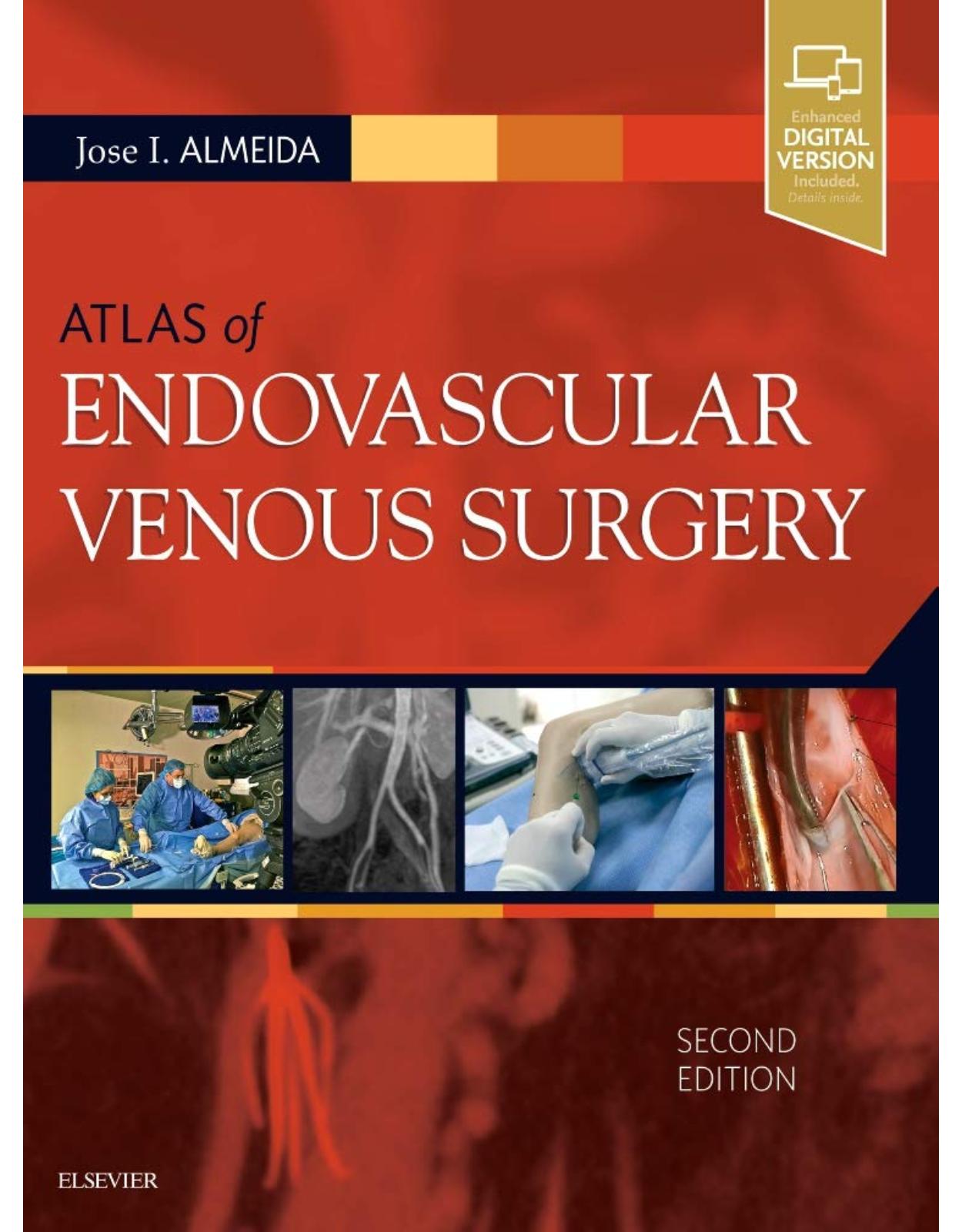
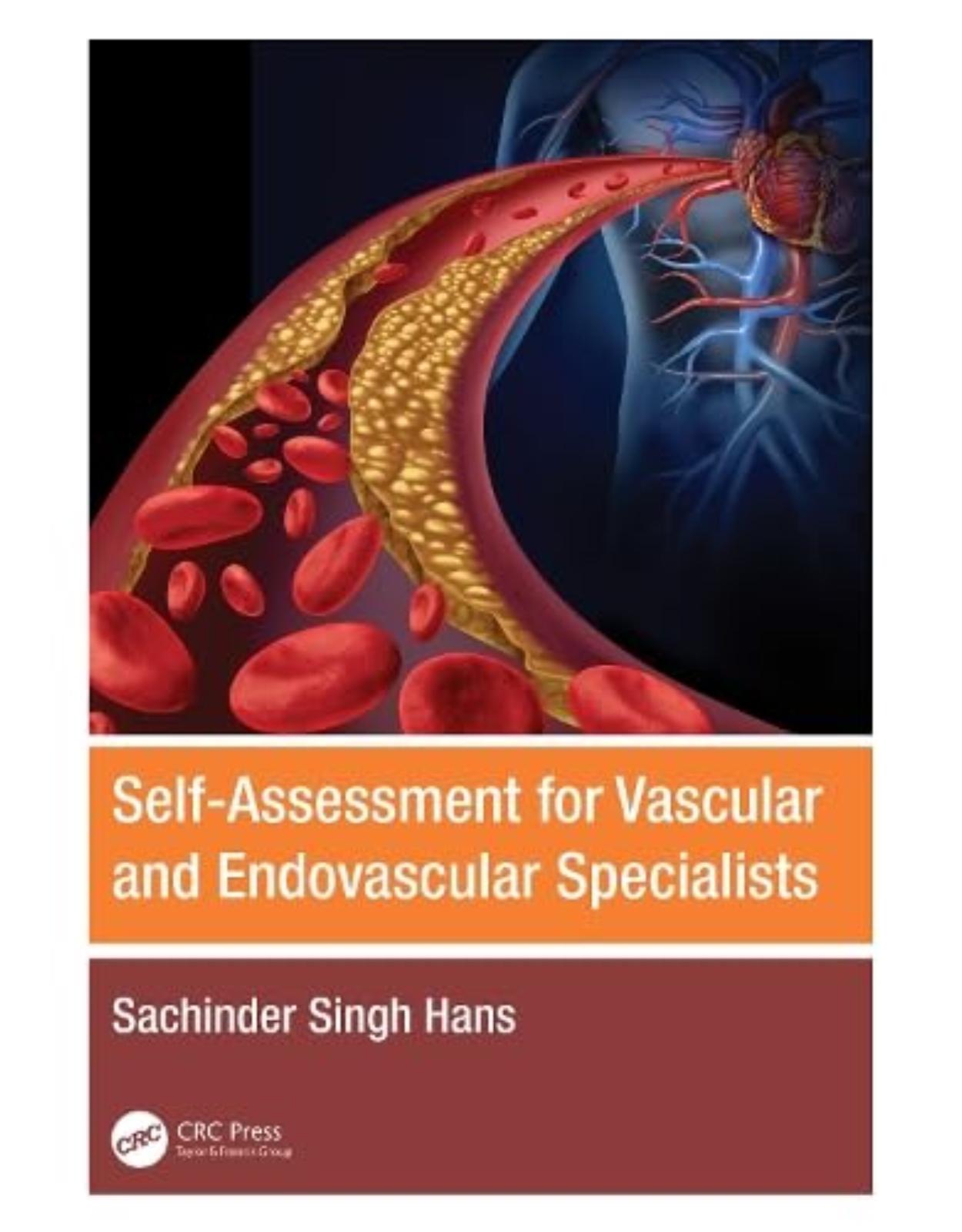
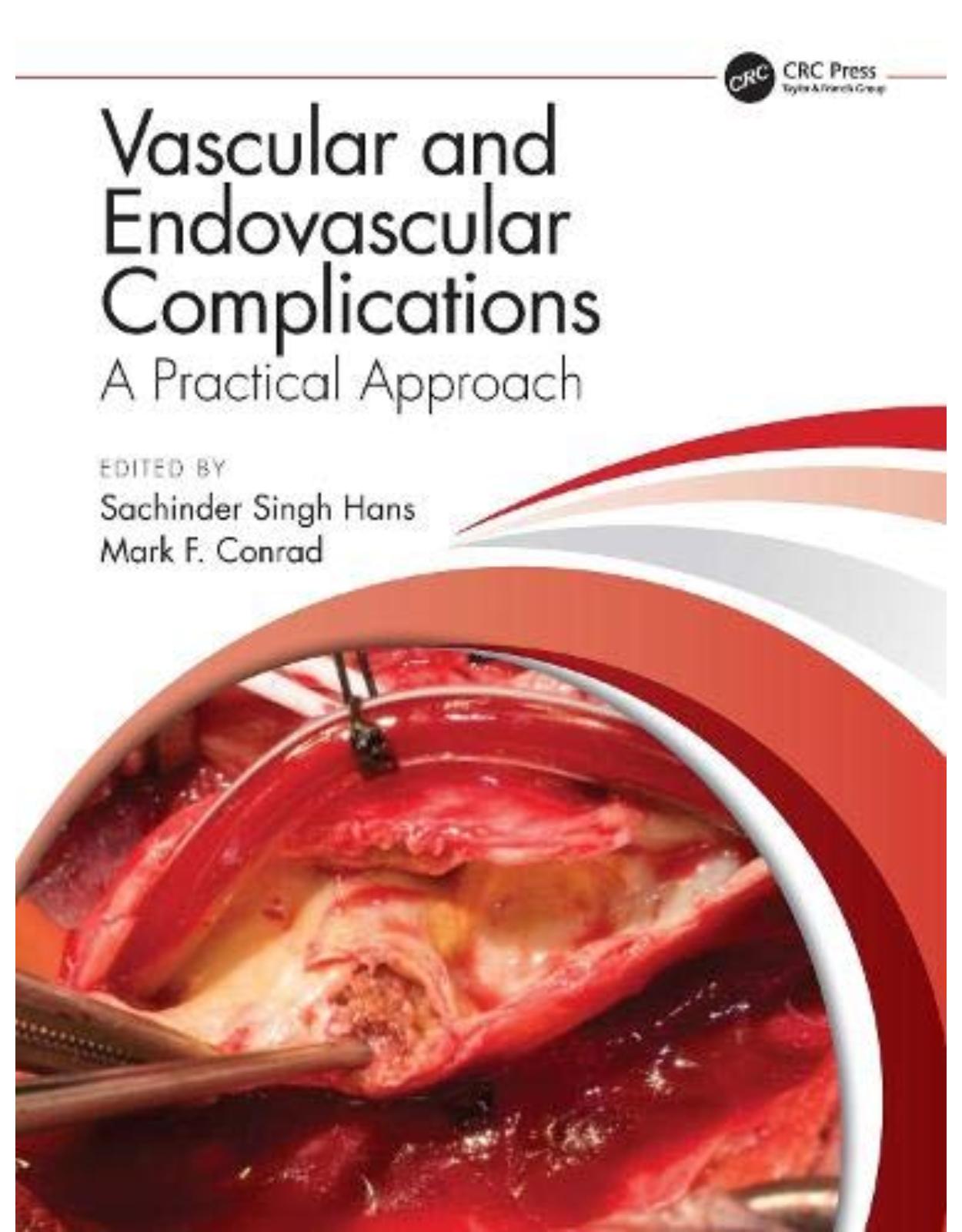
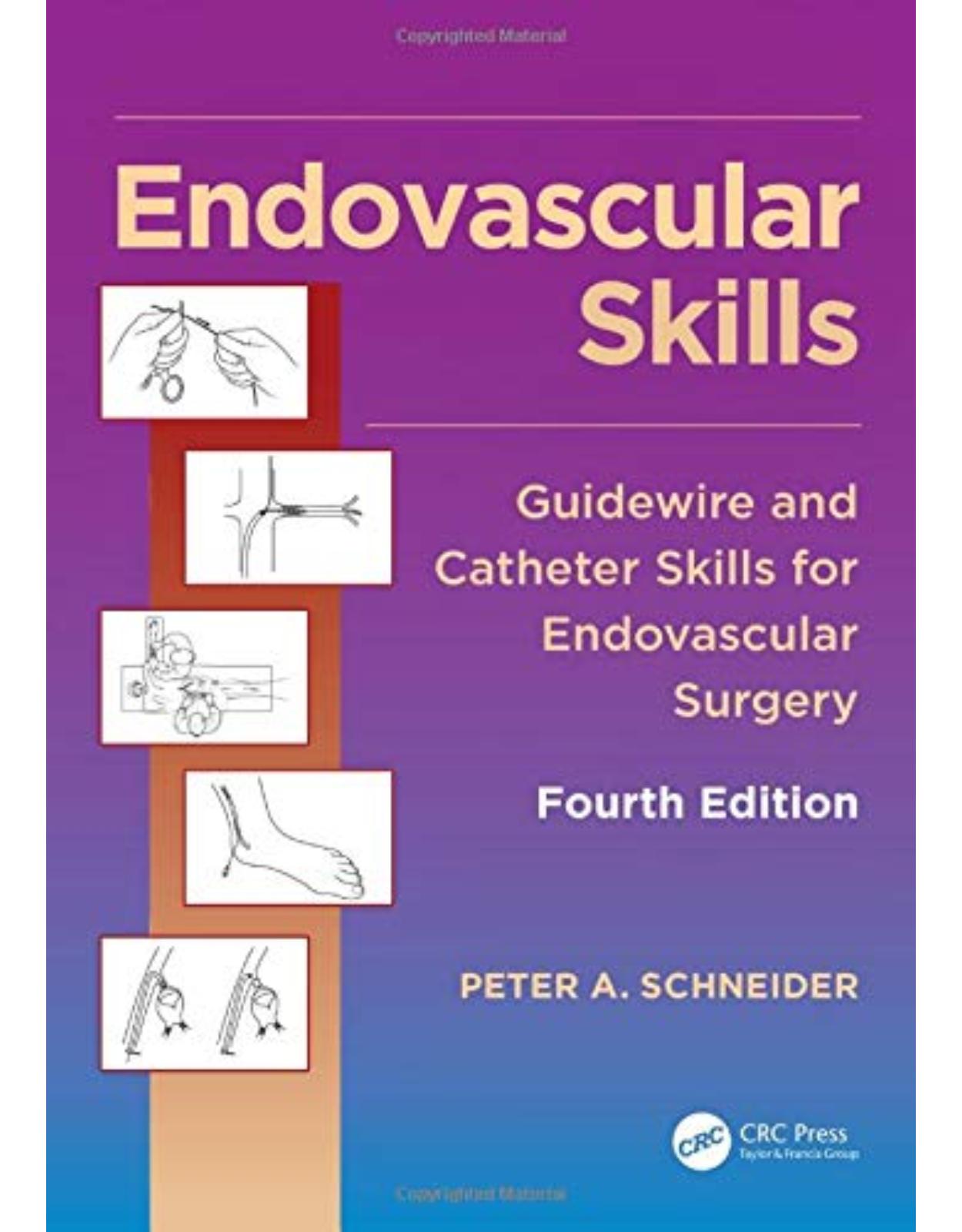



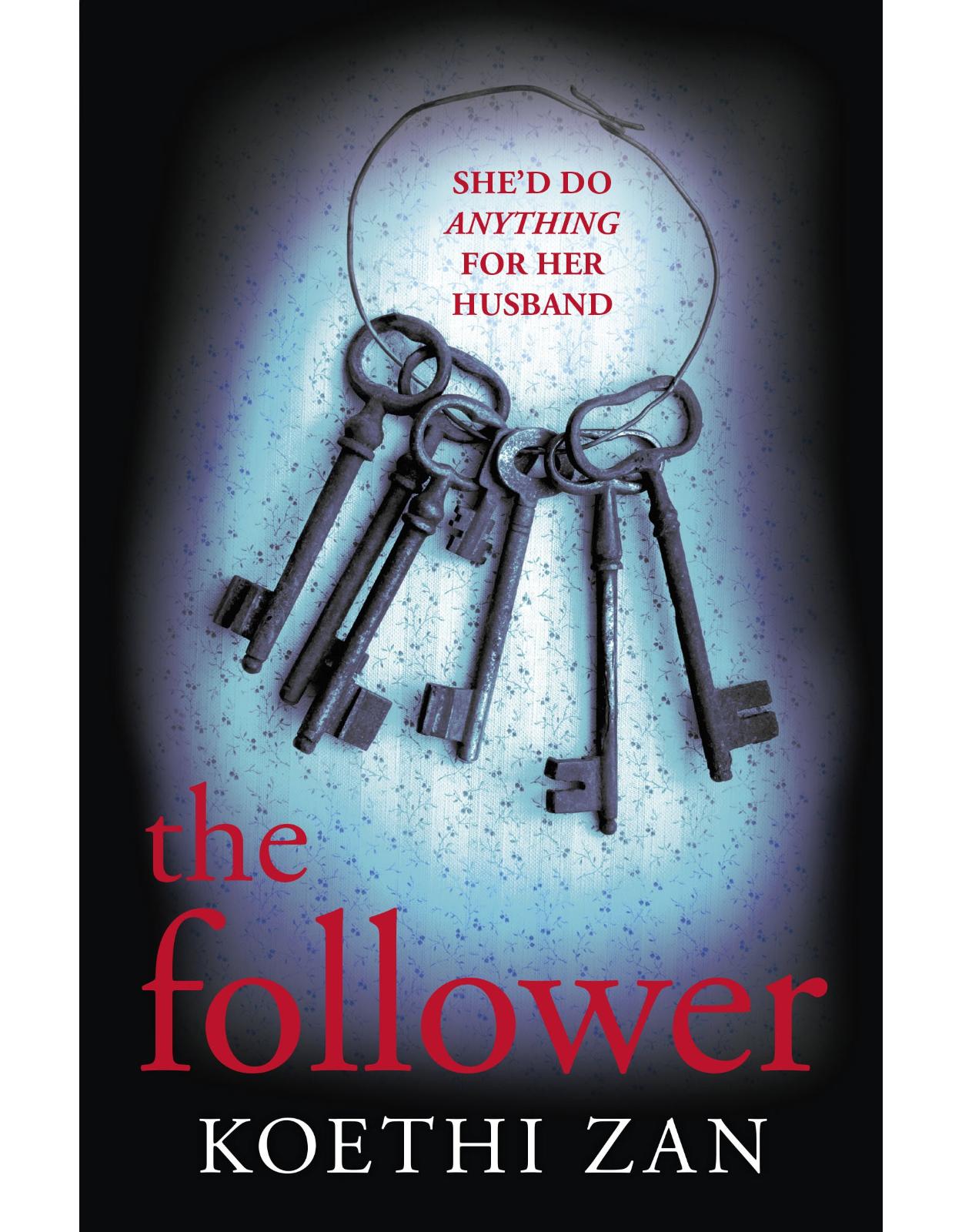



Clientii ebookshop.ro nu au adaugat inca opinii pentru acest produs. Fii primul care adauga o parere, folosind formularul de mai jos.